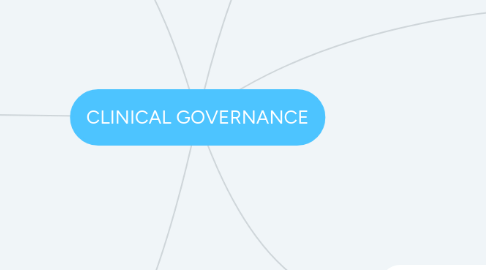
1. EVIDENCE BASED PRACTICE
1.1. Royal Commission
1.1.1. Statistics
1.2. 2008 Family Violence prevention act
1.3. Qualitative research - stories from survivors
1.4. Real life stories
1.5. Pilot program
1.5.1. Royal womens
1.5.2. Bendigo
2. COMPLAINTS
2.1. promote hospital commitment
2.2. Patient centered care
2.2.1. empathy
2.2.2. sensitive inquiry
2.3. Staff centered approach
2.3.1. listen and respond to complaints
2.4. Update policy, procedure & guidelines
2.5. Promote psychologically safe space
2.6. Use for continuous improvement
2.7. Culture of respect and understanding
3. AUDIT
3.1. Collect data
3.1.1. Evaluation forms
3.1.2. feedback
3.1.2.1. staff
3.1.2.2. patients
3.1.2.3. community members
3.1.2.4. Community organisations
3.1.3. complaints
3.1.4. Evaluate progress
3.1.4.1. access to support services
3.1.4.2. staff engagement
3.1.4.3. effectiveness of reporting pathways
3.1.4.4. leadership involvement
3.2. For continuous improvement
4. EDUCATION AND TRAINING
4.1. Improve skills
4.1.1. Build confidence
4.2. Mutlidisclipinary approach
4.3. Staff access to support
4.4. Access to information
4.4.1. Referral pathways
4.4.1.1. How to support staff
4.5. Role specific training
4.5.1. HR
4.5.1.1. Managers
4.5.1.1.1. Peers
5. RISK MANAGEMENT
5.1. Training and devlopment
5.1.1. reporting pathways
5.1.1.1. external
5.1.1.2. internal
5.1.2. Support systems
5.1.2.1. HR
5.1.2.1.1. People & culture
5.1.3. Sensitive inquiry
5.1.3.1. communication
5.1.3.1.1. empathetic
5.1.3.1.2. non judgmental
5.2. Zero tolerance policy
5.2.1. violence
5.2.2. disrespect
5.3. Documentation
5.3.1. ensure patient privacy
5.3.2. Identification and reporting taken place
5.4. Gender equity
5.4.1. Challenging gender norms
5.4.2. equality in leadership
5.5. Identify barriers to change
6. RESEARCH AND DEVELOPMENT
6.1. Qualitative research from survivors
6.2. Partnership withe universities
6.3. Evaulate progress
6.3.1. Feedback from staff
6.3.2. Feedback from patients
